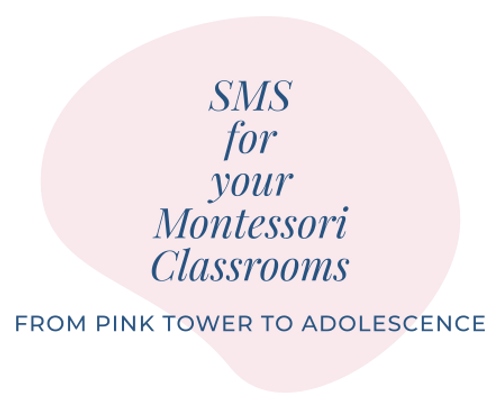What It Takes to Become a Secondary Montessori Teacher: A Journey of Study, Sacrifice, and Spirit
- Anne Slamkowski
- Jul 7
- 3 min read

When families choose Montessori secondary education, they often see the peaceful classrooms, empowered adolescents, and deeply engaged learning. But what many don’t see is the intense preparation that Montessori secondary teachers undergo to make that vision a reality.
The Montessori Guide: More Than a Teacher
Dr. Maria Montessori emphasized that teaching in a Montessori environment requires more than knowledge—it requires a complete transformation of the adult. In The Absorbent Mind, she wrote:
"The real preparation for education is the study of one's self."
In The Secret of Childhood, she stated:
"The first step of the Montessori teacher is to prepare herself spiritually."
Montessori teachers are not the center of attention. They are observers, guides, and careful designers of the environment. This requires deep training, reflection, and a willingness to step back so that students can step forward.
What Secondary Montessori Training Involves
Secondary Teacher Education Programs should offer a rigorous, nationally recognized (accredited) pathway to becoming a certified Montessori secondary teacher. By the time most trainees complete their coursework, they are only a few classes away from a master’s degree.
Here’s what the training journey includes:
Academic Study
Coursework in Montessori philosophy, adolescent development, curriculum design, assessment, restorative practices, and community building
Most programs require extensive reading, writing, and project development aligned with AMI/AMS standards
Online modules and in-person intensives spanning an entire year
Self-Directed Practicum
1,080 hours of mentored practice during a practicum year (this is a full-time teaching position for 1 year or broken into 2 years if needed)
Observation and feedback from trained field consultants
Creation of curriculum materials, routine systems, and student work structures
In-Person Intensives
Multiple residency sessions where teachers leave their homes and families for days or weeks at a time to train in community with others
These residencies are emotionally rich, intellectually challenging, and spiritually grounding
Ongoing Online Work
Throughout the year, candidates engage in online coursework, reflection assignments, and cohort-based collaboration—all while teaching and managing their classrooms.
Classroom Visits
Observations three times a year by field consultants to support, strengthen, and collaborate with the teacher. These are both evaluative and supportive sessions.
This process takes a village. Teachers rely on support from their families, school administrators, mentors, and fellow educators to navigate this demanding and transformative experience.
The Power of the Cohort
One of the most meaningful components of Montessori teacher education is the cohort experience. Training programs that prioritize building strong peer communities create lasting networks of support.
A well-connected cohort offers:
Peer mentorship and shared insight
Emotional support during the practicum year
Space to ask questions, reflect, and celebrate success
A national (or international) community of educators who continue to collaborate for years after graduation
In many cases, these connections become the foundation for ongoing professional growth, interdisciplinary innovation, and leadership in Montessori schools.
Dr. Montessori recognized the importance of teachers engaging with the community. Just as adolescents thrive in a prepared social environment, so do adult learners. Community learning fosters personal growth and enables a deeper integration of the Montessori philosophy.
Why It Matters
Secondary Montessori training prepares adults to:
Support adolescent development holistically
Design meaningful, interdisciplinary learning experiences
Create environments that cultivate identity, autonomy, and responsibility
Model empathy, calm, and presence
And most importantly, to become adults worth imitating. Dr. Montessori said:
“The teacher must become humble and recognize her own defects if she wishes to be more helpful to the child.” (The Discovery of the Child, 1948)
A Call for Understanding and Support
Parents and school leaders: when you see a Montessori secondary guide at work, know that behind that calm presence is:
Years of intense study
Countless hours of classroom design and reflection
Training weekends away from family
A deep, personal journey of transformation
Support them. Encourage them. Recognize the invisible labor they put into creating extraordinary learning environments for your children.
While there are multiple venues to experience this journey, I drew inspiration from the Cincinnati Montessori Secondary Teacher Education Program (CMSTEP), where I have the honor of working. To learn more about what this journey looks like, visit: www.cmstep.com
References:
Montessori, Maria. The Absorbent Mind. 1949.
Montessori, Maria. The Secret of Childhood. 1936.
Montessori, Maria. The Discovery of the Child. 1948.
CMSTEP. www.cmstep.com




As a “graduate” of the program of which Anne is a part, she left out one thing: a successful training program also includes outstanding, dedicated, patient(!), empathetic, committed guides to train us as educators. Anne herself is one of those amazing people (along with too many others to name here). They, too, try to stay out of the center of the spotlight but are nevertheless central to our growth.